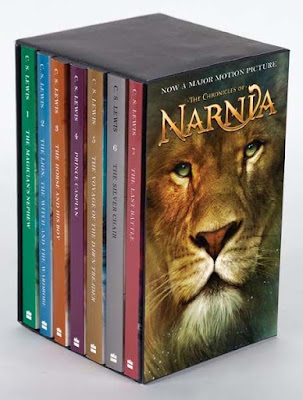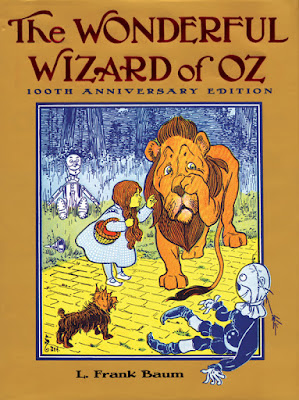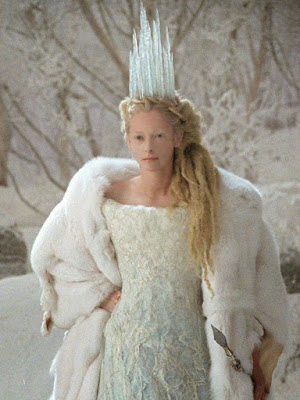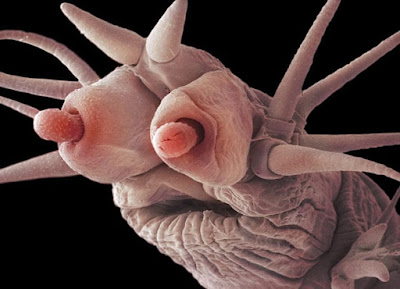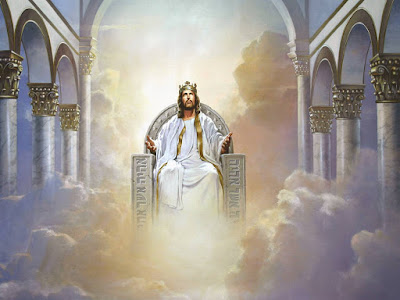Copyright 2018 by Gary L. Pullman
“When a
doctor goes wrong, he is the first among criminals.” – Sherlock
Holmes, “The Speckled Band”
Some believe
Jack the Ripper was a medical doctor, perhaps a surgeon. Other serial
killers are known to have practiced
medicine, include H. H. Holmes, Harold Shipman, Michael Swango,
Marcel Petiot, Shirō Ishii, John Bodkin Adams, Josef Menegle, Robert
George Clements, Thomas Neill Cream, Louay Omar Mohammed ai-Taei,
Maxim Petrov, and Kermit Gosnell.
As Sherlock
Holmes (okay, Sir Arthur Conan Doyle) observes, medical doctors make
splendid criminals. They have the knowledge, the discipline, and the
skill to kill, but they also often present the persona of a caring
and humanitarian professional in whose hands patients are
well-advised to place not only their trust, but also their lives. In
fact, their victims often come to them, as patients who are both
physically and emotionally vulnerable. They look upon their doctors
as their best hopes for survival. Ironically, “when a doctor goes
wrong,” he or she is apt to be just the opposite. Alas, patients
sometimes learn too late that their trusted physician or surgeon is,
in fact, a cold-blooded killer.
Horror movies
have featured their share of diabolical doctors, some of whom are
researchers, others of whom are medical practitioners or surgeons.
Dr. Jekyll, of Robert Louis Stevenson's novel The
Strange Case of Dr. Jekyll and Mr. Hyde,
(1886) appears to be a chemist; Dr. Moreau, of H. G. Wells's novel
The
Island of Dr. Moreau (1896),
is a physiologist and vivisectionist; and
Dr. Griffin*, of H. G. Wells's novel The
Invisible Man
(1897), is an optics researcher. (Mary
Shelley's Victor von Frankenstein
is not
a doctor, but an amateur scientist of sorts. Likewise, Dr. Anton
Phibes [of the 1972 movie The
Abominable Dr. Phibes]
is not a medical doctor; he has degrees in
music and theology, one of which is a doctorate.)
Several other
novels and movies also feature doctors of one type or another,
but the ones we've identified are sufficient for our (or, rather,
Sherlock Holmes's) thesis: “When a doctor goes wrong, he is the
first among criminals.”
* * *
Dr. Jekyll
In creating the
dual character of Dr. Jekyll and Mr. Hyde, Stevenson seems to have
separated the private person from his persona. The former is the
public face, the persona, presented to the world; the latter, the
private person, known only to himself (and not entirely known, even
then).
All of us are
Dr. Jekyll and Mr. Hyde. We have private selves and public selves,
and these split aspects of our personalities are not always in
synchronization with one another. Privately, we desire and fantasize
and, perhaps, in some ways act upon less-than-honorable, or even
shameful, impulses and proclivities which, in our public lives, we
would never dare to acknowledge, much less entertain or act upon.
We are
hypocrites, all—or would be, had society not, in its wisdom,
allowed us to a differentiate between our private lives, wherein
ignominious and disgraceful thoughts, feelings, and secret behaviors
are allowed without penalty, as long as they harm no one, and our
public lives, wherein we are expected to conform to the mores,
traditions, customs, and laws of civilized society.
Wanting to
kill, or even entertaining fantasies about murdering, another person
is permissible to us in our private lives, the lives that our
counterparts to Mr. Hyde live, but such ideas, emotions, and dreams
are strictly forbidden to us in our public lives, the lives of our
Dr. Jekyll dopplegangers live.
In crossing the
line between the private hell of his personal life and the public
life of affected propriety, Stevenson's protagonist committed a
horror more horrible than the murders he perpetrated. Stevenson's
novel is a cautionary tale: this far, one may go, but not a step
farther. The boundary between the vile, secret self and the
acceptable persona must be respected at all costs. When it is,
murders and other immoral acts are unlikely to occur; the monster
within is kept at bay.
Dr. Moreau
As we point out
in another post, mixing human and animal perverts both natures,
dehumanizing the former while objectifying the latter. Men and women,
like animals, are better off as men and women or as animals than they
would be as manimals or womanimals. By being hybridized as chimeras,
neither human nor animal is improved.
Compared to
humans animals are not, by nature, very bright. They live mostly by
instinct, unable to comprehend the ways of men and women, whom,
according to scientists, they regard as alpha members of the pack of
which they themselves are lesser members. Unfortunately, with
intelligence comes the capacities for treachery, infidelity, malice
aforethought, and all manner of other evils. There are no innocent
adults, and even children are often cruel to one another. They do not
need teachers; such cruelty comes naturally to them. An animal,
especially a domesticated one, is more innocent than any child.
By mixing
humans and beasts, as Dr. Moreau did, both are made different and are
devalued in the process. Indirectly, through is hybrid creatures, Dr.
Moreau causes the deaths of others, but his greater crime is the
immorality of vivisection as the means he employs for grafting human
beings and animals. His means to his ends set him apart in his
villainy, just as does Dr. Jekyll's means to his ends set him apart
for the same reason.
Dr. Griffin
Humans depend
upon their five senses to perceive the world. Primarily, they depend
upon sight. To render oneself or anything else invisible is to
eliminate the sense of sight, at least as it concerns the persons or
objects made invisible. Invisibility blinds us, and blindness hampers
our powers to conduct reconnaissance or surveillance and to protect
ourselves and defend others. To confer invisibility upon someone or
something is to disable those who are thus deprived sight of the
person or thing made invisible.
To use a unique
and extraordinarily effective ability against others, leaving them
vulnerable and defenseless is tantamount to betrayal. Dr. Griffin's
invisibility allows him to accomplish just such an immoral act.
Instead of using his power to benefit others, he abuses it, even
committing acts of murder. Again, his ends to his means is worse than
the deaths he inflicts upon his victims, because these ends set him
apart from his peers as not only ruthless but also inhuman.
* * *
Stevenson and
Wells, although not, perhaps, in the first rank of literature, many
might contend, are, nonetheless, superior to the vast majority of
writers of their time or, indeed, of any time. The quality of their
writing, its urbane and sophisticated style, the subtlety of their
novels' various themes, their superb craftsmanship, their attention
to detail, and the unhurried manner of their narratives, in which,
most often, structure and function are so perfectly balanced as to
appear to be one and the same thing, make their stories of such a
character that the morality of the tales are not overwhelmed by the
sensationalism of their plots. Directly, or by proxy, Dr. Jekyll, Dr.
Moreau, and Dr. Griffin are serial murderers. Although their criminal
deeds are described in lurid detail, the murders they commit, as
extravagant as they are, do not cloud the moral implications of their
heinous acts.


